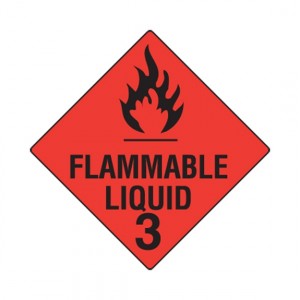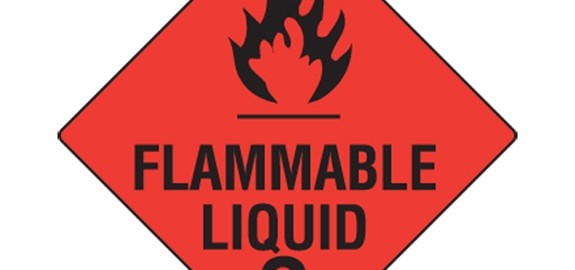Transport Company fined for Dangerous Good Breaches

The Downing Centre Local Court has fined Toll North transport operator $9,680 for an incident that took place in 2012 involving the transport of 21,000 litres of highly toxic chemical toluene disocyanate.
The chemical has the potential to cause severe harm and possibly death and is thus included as a dangerous good in the Australian Dangerous Goods Code.
Despite the toxic nature of the load the transport operator subcontracted a company that was not licensed to carry dangerous goods to transport the load.
The transport operator has been ordered to pay almost $20,000 in fines and costs after pleading guilty to two dangerous goods offences in New South Wales.
A post that appeared on Fullyloaded.com.au said that Toll North had subcontracted the transportation of the chemical to another company without making sure that the company was licensed to transport dangerous goods.
Toll North’s error in judgement which resulted in the breach was detected by The Environmental Protection Authority (EPA) while conducting a dangerous goods compliance operation at Botany on March 28, 2012. The EPA then launched legal action against Toll North.
Downing Centre Local Court Magistrate Teresa O’Sullivan sentenced the company stating that general deterrence was a “paramount consideration”. She also stated that everyone who handled dangerous chemicals should be held heavily responsible to the community to do so in an extremely careful manner.
Magistrate O’Sullivan fined Toll North and ordered it to pay $10,000 in costs. The decision was welcomed by the EPA and its director of hazardous incidents and environment health Craig Lamberton. He said that the decision sent a strong message to all those in the industry about their obligation to comply with dangerous goods requirements.
Lamberton was quoted by the article on Fullyloaded.com.au as saying:
“During the inspection, EPA officers identified a number of breaches of the ADG Code, including: neither the vehicle nor driver were licensed to carry dangerous goods, the truck was not placarded as required, and there was a lack of transport documents, emergency information and safety equipment on board,” Lamberton says.
“Given the dangerous nature of this cargo, compliance with the dangerous goods code is paramount. Without appropriate safety equipment and training of those who deal with dangerous goods, there could be a real risk of harm to the environment and the community if something went wrong.”
Source: http://www.fullyloaded.com.au
Lamberton went on to add that the EPA recently provided training to Roads and Maritime Services (RMS) inspectors and NSW police to enable them to assess the industry’s compliance with dangerous goods legislation. As a result of this recent training, those companies in the industry who weren’t complying with law, would have more of a chance of being caught. He went on to add:
“The increase in the number of officers carrying out inspections means that drivers or transport companies operating in breach of the rules are more likely to be caught,” he says.
Source: http://www.fullyloaded.com.au



